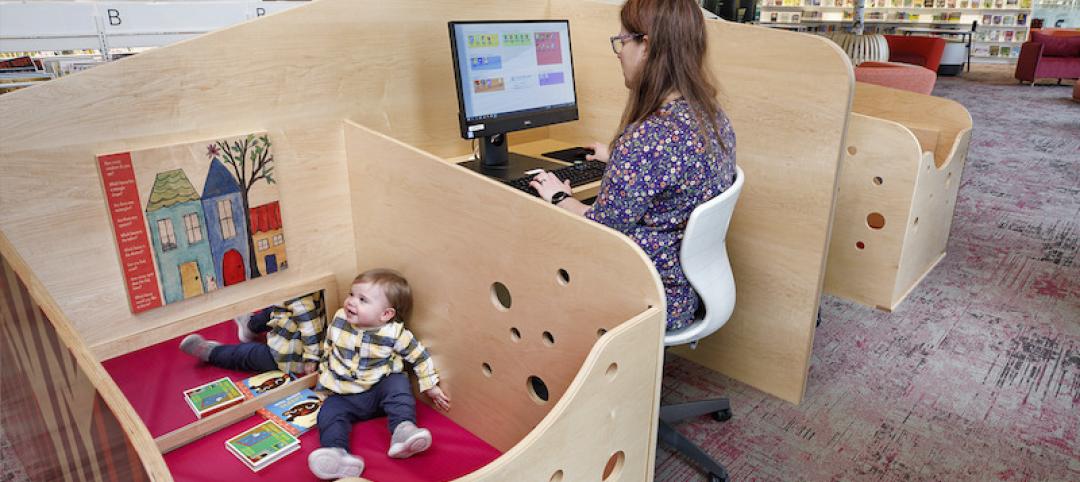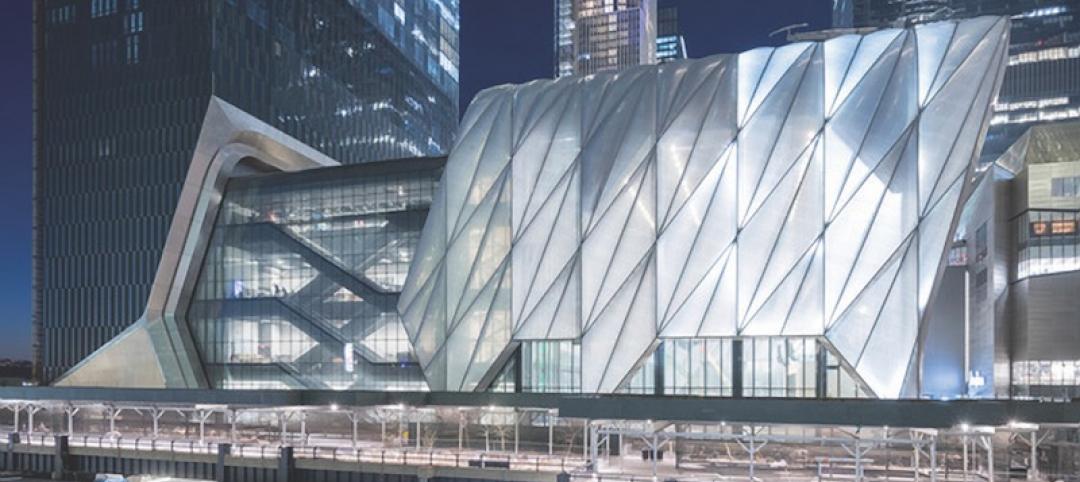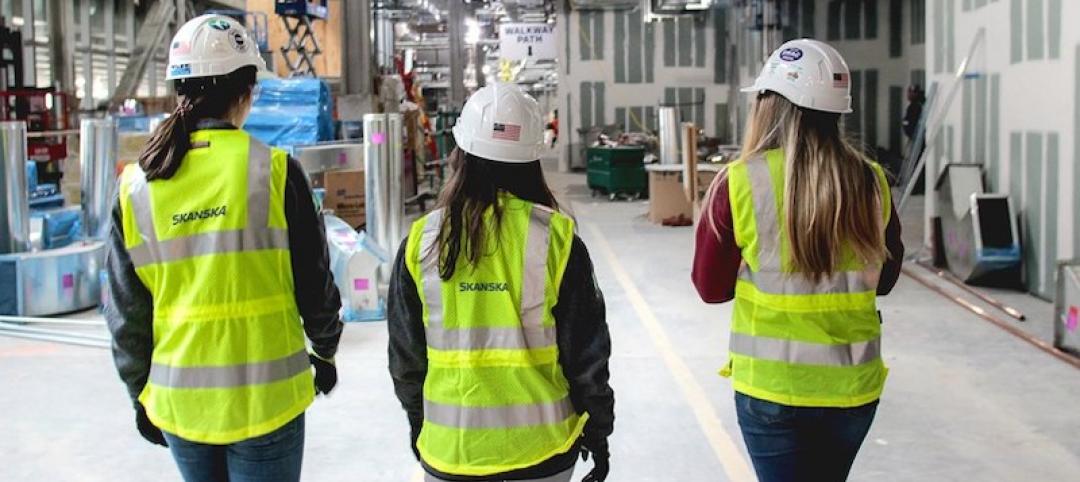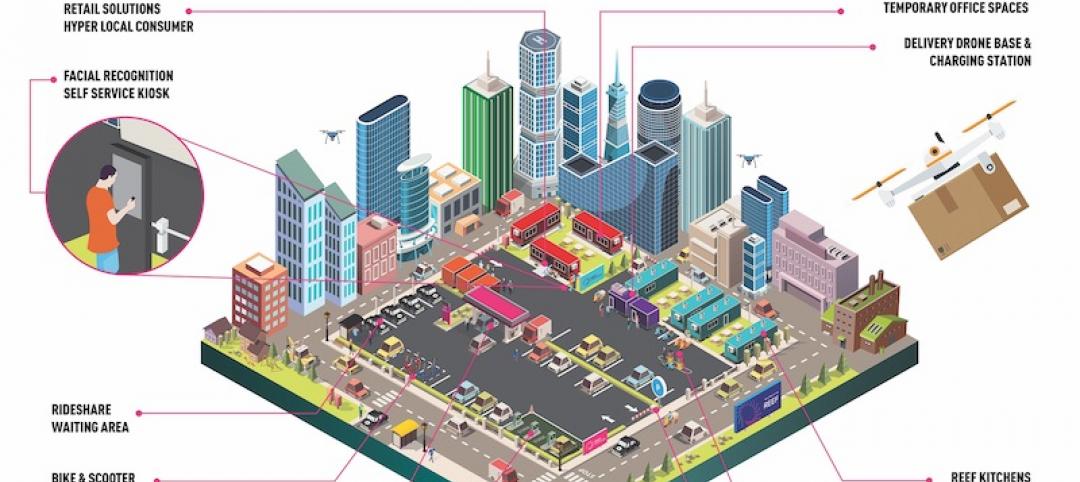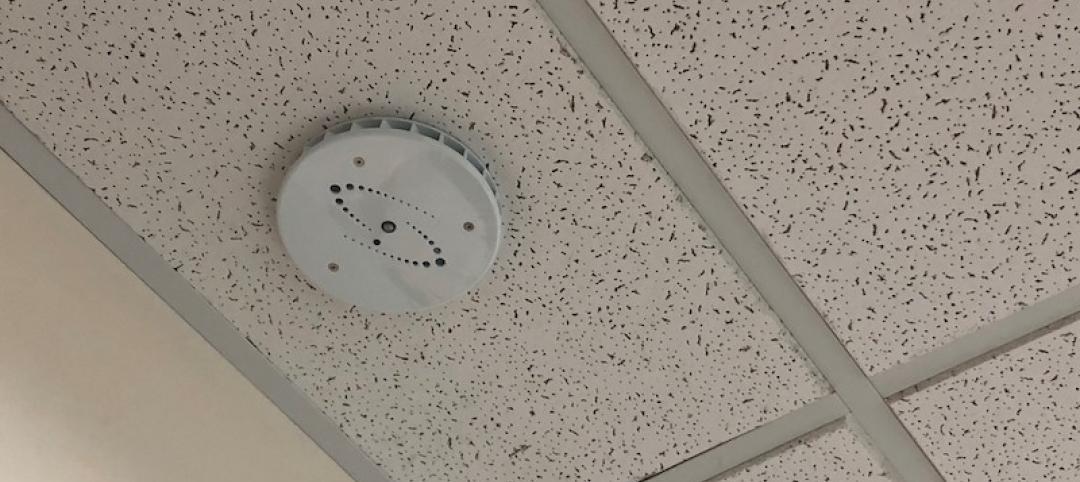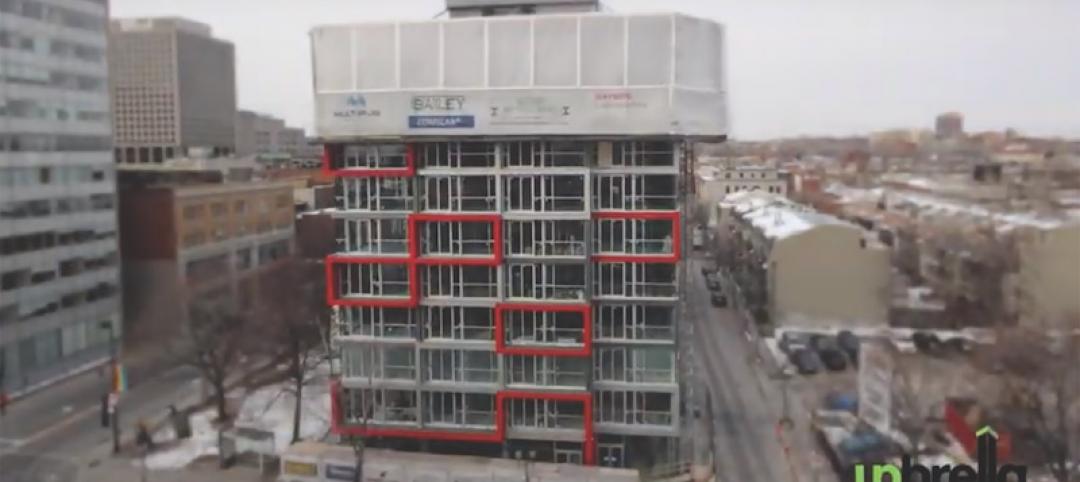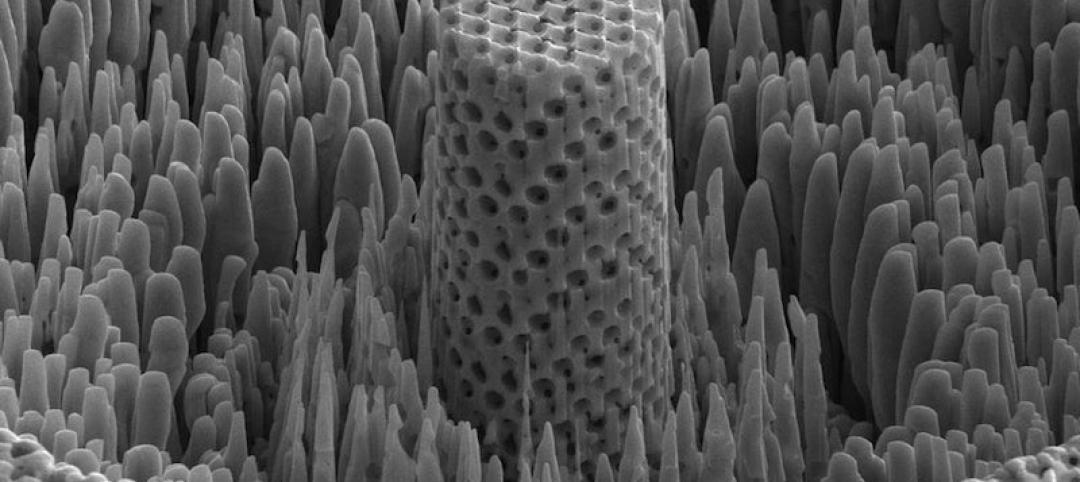In a medical emergency, the faster a patient receives attention, the better their prognosis becomes. Natural disasters such as hurricanes and floods can make transferring a patient to a hospital difficult. What if the hospital could come to the patient?
That question spurred the creation of the Medical Motherboard (MM), a modular, scalable mobile hospital that can adapt to multiple crises at any scale. Designed by CallisonRTKL, the MM combines artificial intelligence, advanced medical equipment, electric vehicle technology, and drones into one life-saving package.
See Also: Public canopy system can be reconfigured by drones on the fly
MM is built on a platform that acts as the backbone of the system. Based on electric vehicle technology and automobile platform concepts, the platform houses the power bank, telecommunications equipment, computer systems, and support infrastructure that allow the modules to plug and play on its surface. A spine rises from the platform and contains water filtration and docking stations for minor modules.
 Courtesy CallisonRTKL.
Courtesy CallisonRTKL.
Minor modules act as the support services to the major modules (more on those later). They consist of services like registration and triage kiosks; water collection, purification, and storage; power supply; supply storage; equipment storage; and a drone-assisted resupply station. The registration and triage modules are equipped with AI that asks victims questions and helps first responders interview and classify them in terms of urgency. AI can then call for help or direct victims to the appropriate major module for further care. The major modules are medical care facilities like exam rooms, imaging suites, and operation rooms. The combined module space for each MM is 8x24 feet; side extensions can be attached.
The modules can be mixed and matched to best suit the situation. Once the appropriate modules are selected, they are moved onto the platform and locked into place. The onboard MM computer will then identify, catalogue, and connect the modules into a single network.
The MM is then towed on site like a technology packed camper trailer. Hydraulic stabilizer legs and a folding solar roof panel deploy to complete the set up. A rooftop air purifier system begins to ventilate the major modules.
In the event of a large-scale disaster, groups of MMs can be deployed together with complementary modules to create an entire mobile hospital.
Related Stories
Great Solutions | Apr 13, 2020
Family workstations highlight the new Fairfield Area Library
The workstations are the perfect remedy for squirming, restless children and toddlers.
Great Solutions | Feb 5, 2020
Power moves: The Shed
Precise positioning of mechanicals above its lighting keeps New York’s kinetic event space, The Shed, running.
Great Solutions | Dec 18, 2019
Robot uprising
Thyssenkrupp’s robotics interface platform helps robots use elevators like humans.
Great Solutions | Nov 12, 2019
Skanska designs personal protective equipment tailor-made for the female workforce
A safety vest is the first piece of equipment to undergo an update.
Great Solutions | Oct 3, 2019
REEF Technology wants to turn parking facilities into urban mobility hubs
The company currently operates 4,500 parking lots in 25 markets across North America.
Great Solutions | Aug 30, 2019
An ‘Internet of Beings’? Kinetic flooring promises more than just energy generation
Pavegen says its technology delivers a new level of human engagement in sustainability initiatives.
Great Solutions | Aug 7, 2019
Earthquake response system takes the guesswork out of seismic safety
The platform provides real-time monitoring to help avoid unnecessary evacuations and improve emergency response.
Great Solutions | Jul 12, 2019
Smart sensor maintains privacy, enhances safety in sensitive spaces
The HALO IOT sensor is designed for use in places where cameras are not welcome.
Great Solutions | Apr 9, 2019
Raising the roof is cool again
Upbrella allows for floor-by-floor building construction that is, reportedly, safer and more productive than traditional methods.
Great Solutions | Mar 12, 2019
When is wood not really wood?
Inspired by the look and cellular nature of wood, researchers create 3D-printed “digital wood” and “metallic wood” that is as strong as titanium, with the density of water.



